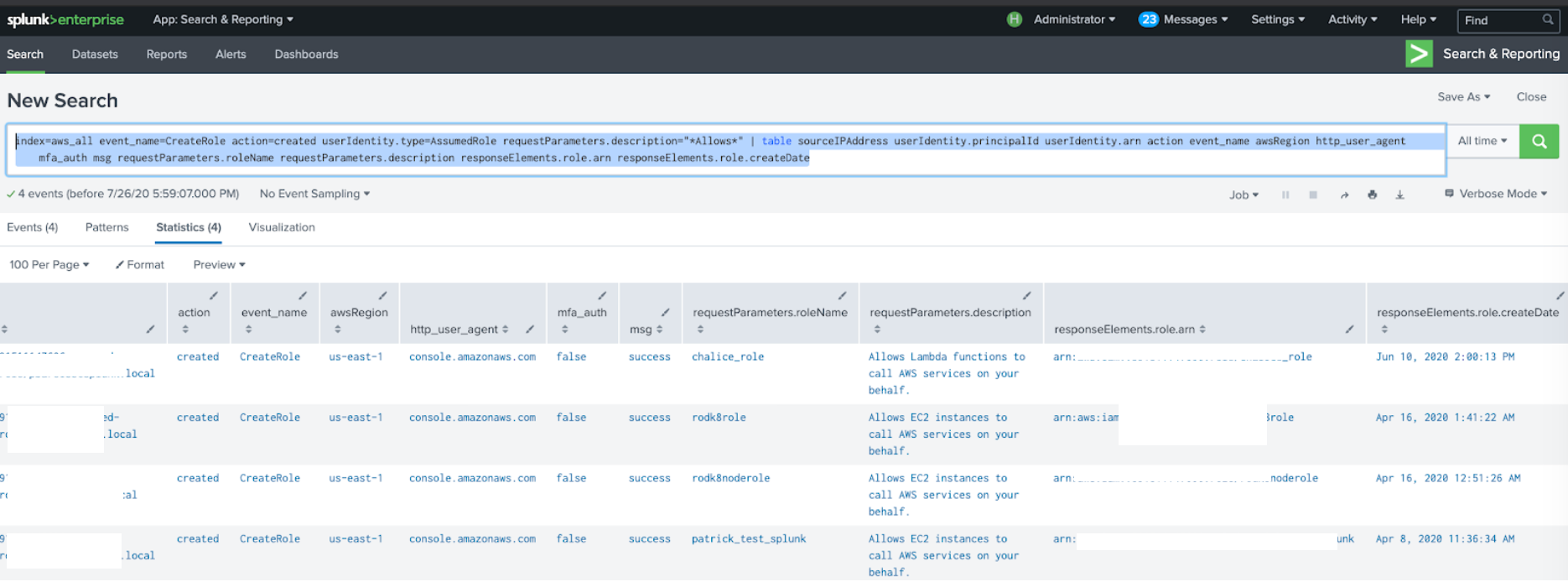

- #Splunk authentication conf install
- #Splunk authentication conf password
- #Splunk authentication conf free

Any name will do, but note that it will be used as the clientId in the requests below. Select Access > Authentication Agents > Add New.Add an agent entry in the Security Console:.
#Splunk authentication conf free
#Splunk authentication conf password
When you create users and roles within the native authentication scheme, note the following caveats: Configure a Splunk password policy in nf.18 Password best. Important naming guidelines when creating users and roles The CLI is not available on Splunk Cloud Platform. For more information, see Create and manage users with the CLI. I think more information is needed (like a before and after of the file itself) before we can give great guidance on what went wrong. Make certain you are editing the right nf file(s) to affect your change. On Splunk Enterprise only, use the CLI to create users and then assign them to roles with Splunk Web, configuration files, or the CLI. nf (like all other conf files) is subject to btool's merging rules across apps.For more information, see Create and manage users with Splunk Web and Create and manage roles with Splunk Web. Use Splunk Web to create users and assign roles. conf file located in SPLUNKHOME/etc/system/default that establishes the default settings for Splunk-based authentication and its default roles.You can create new users and assign roles to those users with a role-based access control system in two ways: If necessary, configure your domain name service (DNS) registry to account for the information that the certificates contain. Configure each Splunk platform instance to use the certificates.
#Splunk authentication conf install
You cannot use both LDAP and scripted authentication together. Install the certificates on each Splunk platform instance. Scripted authentication is not available on Splunk Cloud Platform. Set up user authentication with external systems.For more information, see the following topics: Lightweight Directory Access Protocol (LDAP), Security Assertion Markup Language (SAML), or scripted authentication (if enabled).The Splunk platform authenticates users in the following order: The policy you create with the file works with the native authentication scheme for Splunk Enterprise only.

Instead, use Splunk Web to configure passwords. Available in both Splunk Cloud Platform and Splunk Enterprise, the native authentication scheme always takes precedence over any external authentication schemes. The nf file is not applicable to Splunk Cloud, as you cannot configure the file on Splunk Cloud instances. Native Splunk authentication lets you easily set up users to access Splunk platform resources.


 0 kommentar(er)
0 kommentar(er)
